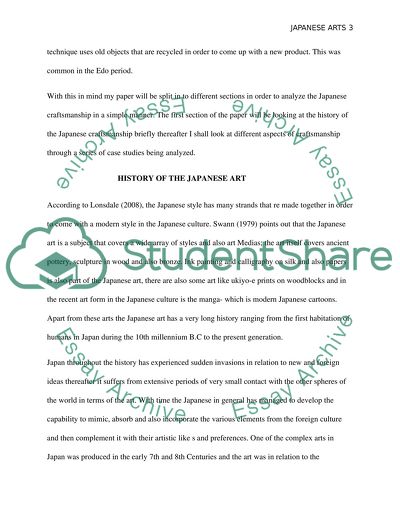Cite this document
(Japanese Architecture and Pottery Research Paper, n.d.)
Japanese Architecture and Pottery Research Paper. Retrieved from https://studentshare.org/culture/1612106-i-dont-know-the-title-yet-please-advise
Japanese Architecture and Pottery Research Paper. Retrieved from https://studentshare.org/culture/1612106-i-dont-know-the-title-yet-please-advise
(Japanese Architecture and Pottery Research Paper)
Japanese Architecture and Pottery Research Paper. https://studentshare.org/culture/1612106-i-dont-know-the-title-yet-please-advise.
Japanese Architecture and Pottery Research Paper. https://studentshare.org/culture/1612106-i-dont-know-the-title-yet-please-advise.
“Japanese Architecture and Pottery Research Paper”, n.d. https://studentshare.org/culture/1612106-i-dont-know-the-title-yet-please-advise.


